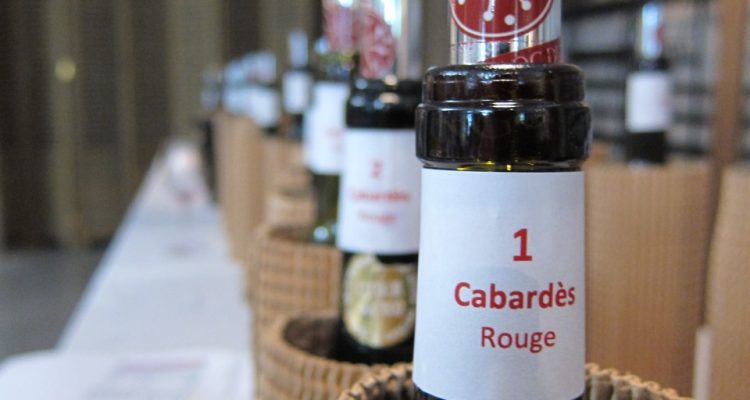Palate Press has selected our top ten stories from 2012 and will publish a 2012 Redux article each weekday until January 4, 2013. These stories highlight our featured columnists, widely recognized contributors, and most popular works published through the year. The Palate Press editorial board hopes you enjoy these highlights as we look forward to bringing you the best stories for your palate in 2013.
[box] Editor’s Note: Contributor and Editor, Rémy Charest, looked at the challenges of creating brand and identity for Languedoc, traditionally considered “a provider of high-volume plonk.” This article explored the reorganization of this major French wine region and some expected outcomes derived from insights on the Millésimes du Languedoc tasting attended this spring. –Ryan Reichert, Managing Editor[/box]
In the world of marketing and sales, it’s always good when you can keep things simple. Of course, this can be quite a challenge for an industry like the wine industry, where realities of place, grapes, vintages, styles, and terroir add up as so many variables to take into account—enough to confuse everyone but the aficionados.
Consider, then, the challenge faced by a region like Languedoc, as it keeps trying to move away (and up) from its longtime role as a provider of high-volume plonk. As it does so, its main tool is to show diversity—in appellations, wine styles and varieties—and thus, paradoxically, to showcase its complexity.

The many faces of a region
There is, of course, lots of room for variations in the Languedoc-Roussillon region, which encompasses a vast area going from the Spanish border to the edge of the river Rhône. With over 11 million hectoliters produced in 2010, its production represents about a quarter of all French wine production—and as much of all the wine made yearly in Australia. While most of the volume is still classified as Vin de Pays, rather than appellation wine, the focus is increasingly on the latter. Even the VdP label no longer automatically means cheap wine, with some remarkable producers voluntarily choosing the category to give themselves a freer hand in how they craft their cuvées.

